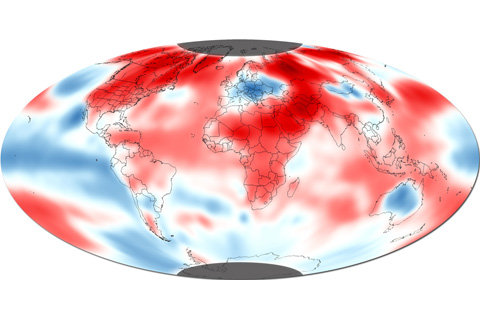
The average global surface temperature in October 2010 was 58.07°F (14.54°C), which is 0.97°F (0.54°C) above the historical average, according to the monthly assessment from NOAA's National Climatic Data Center.
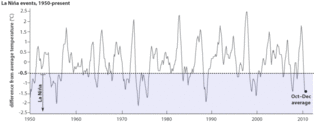
December 31, 2010

The average global surface temperature in October 2010 was 58.07°F (14.54°C), which is 0.97°F (0.54°C) above the historical average, according to the monthly assessment from NOAA's National Climatic Data Center.
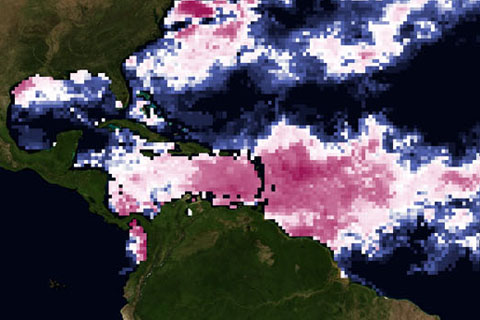
How do warm waters in the Caribbean this year compare to conditions in 2005, when high ocean temperatures triggered the worst mass coral bleaching event ever seen in the region?
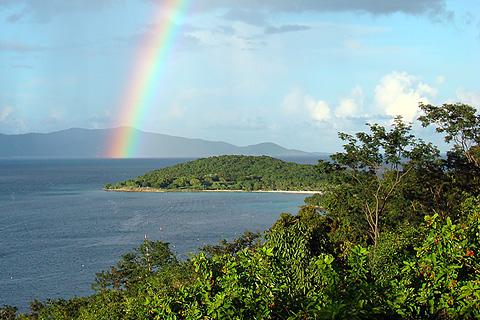
[From the archives] Facing the possibility of a massive coral bleaching event in the Caribbean Sea in late summer and early fall 2010, a USGS biologist based at U.S. Virgin Islands National Park hopes that the season won't have the same devastating outcome as a similar event in 2005.
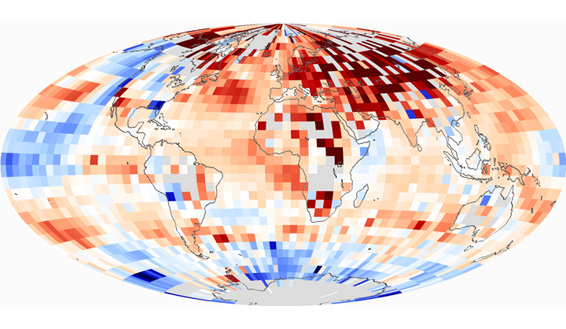
Each of the last three decades was warmer than all earlier decades in the instrumental record, and each set a new and statistically significant record, culminating in the 2000s, which was the warmest decade of all.
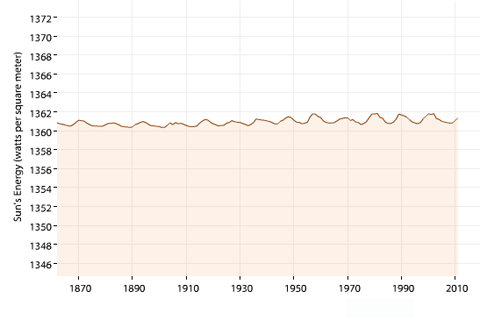
The Sun's average brightness varies over time, and the changes can affect global surface temperature. But long-term changes over the period of human-caused global warming are minimal.
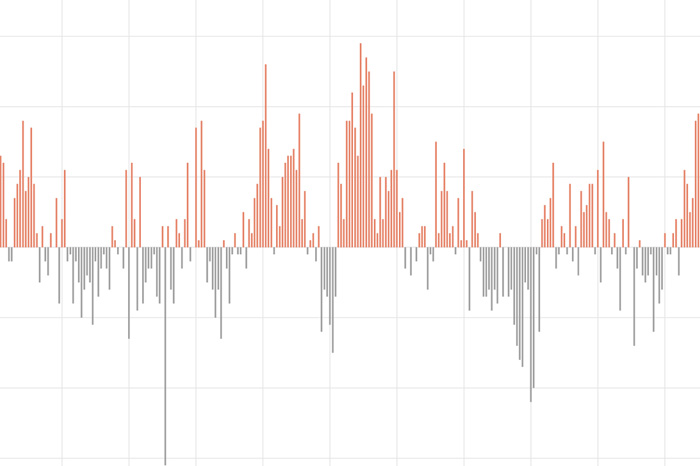
The Southern Oscillation Index tracks differences in air pressure between the eastern and western sides of the tropical Pacific.
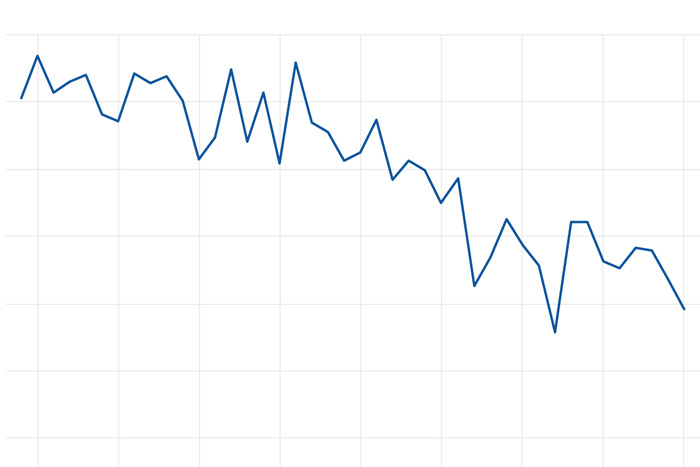
The amount of sea ice that survives the Arctic summer has declined by 13 percent per decade since the start of the 43-year satellite record.

Global average sea level has risen 8-9 inches since 1880, and the rate is accelerating thanks to glacier and ice sheet melt.

In the past 60 years, carbon dioxide in the atmosphere has increased 100 times faster than it did during the end of the last ice age.